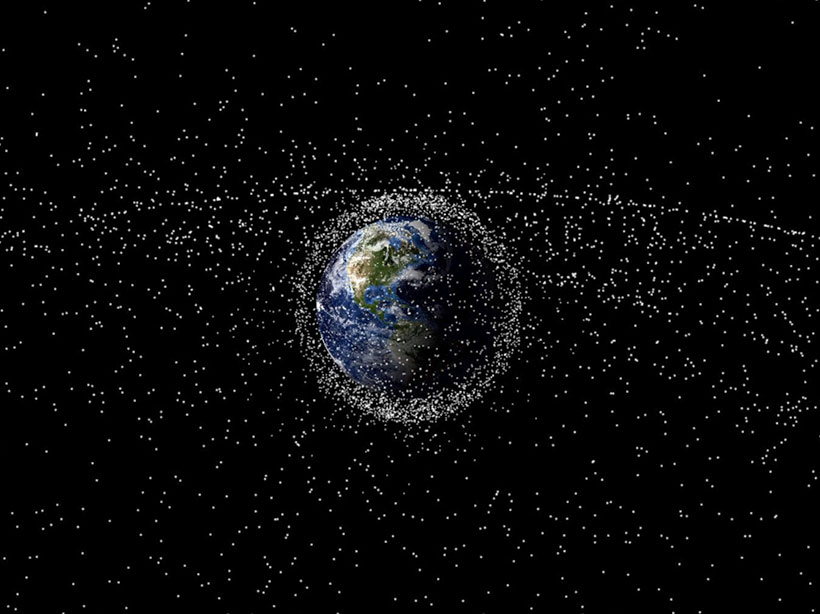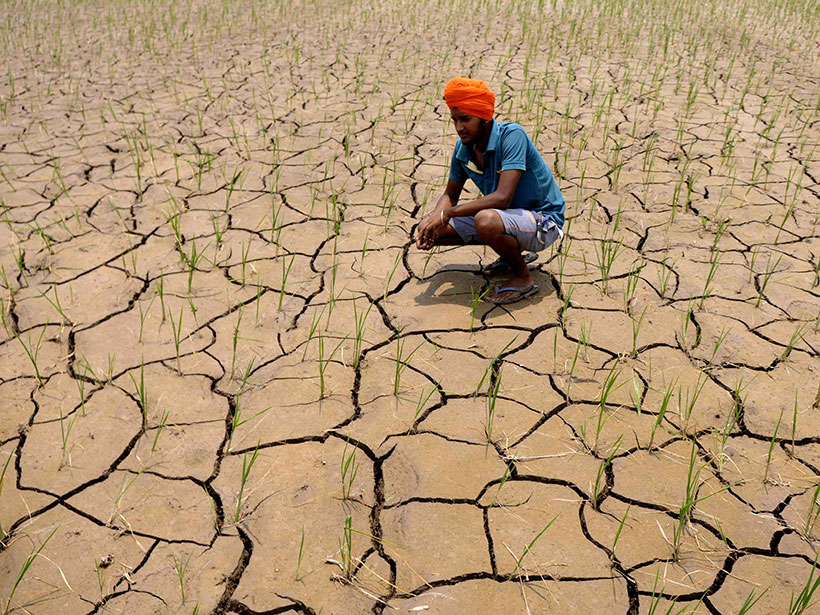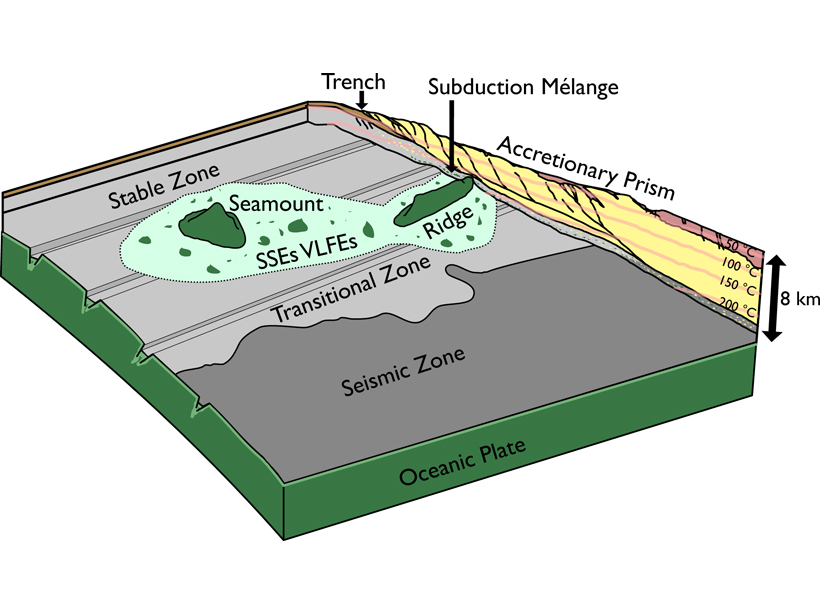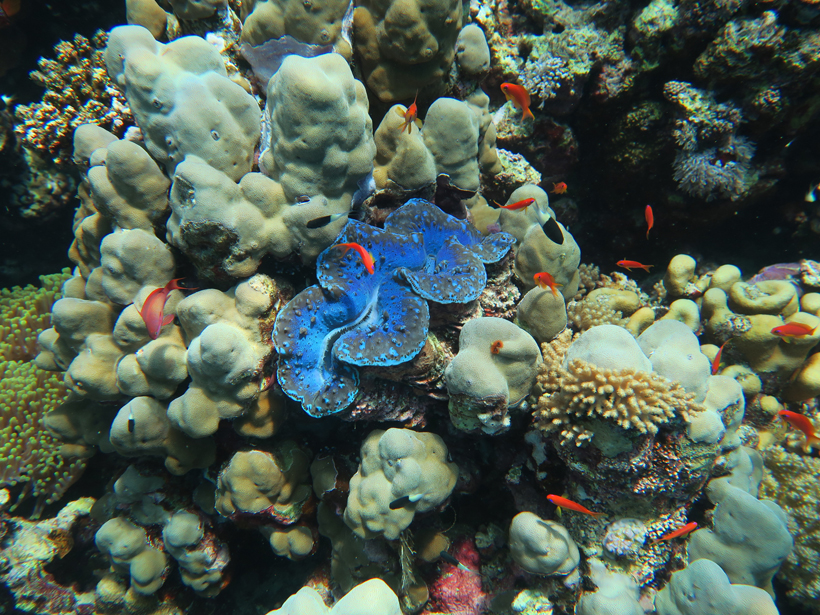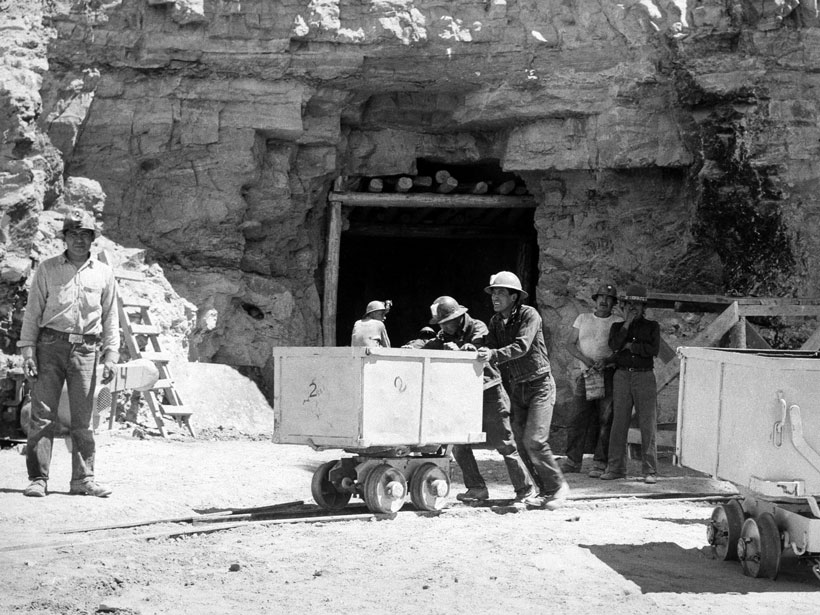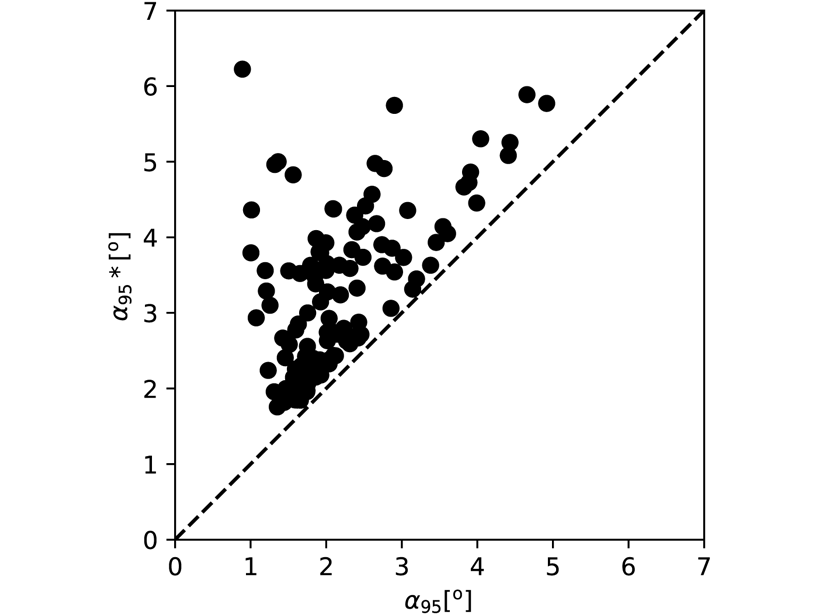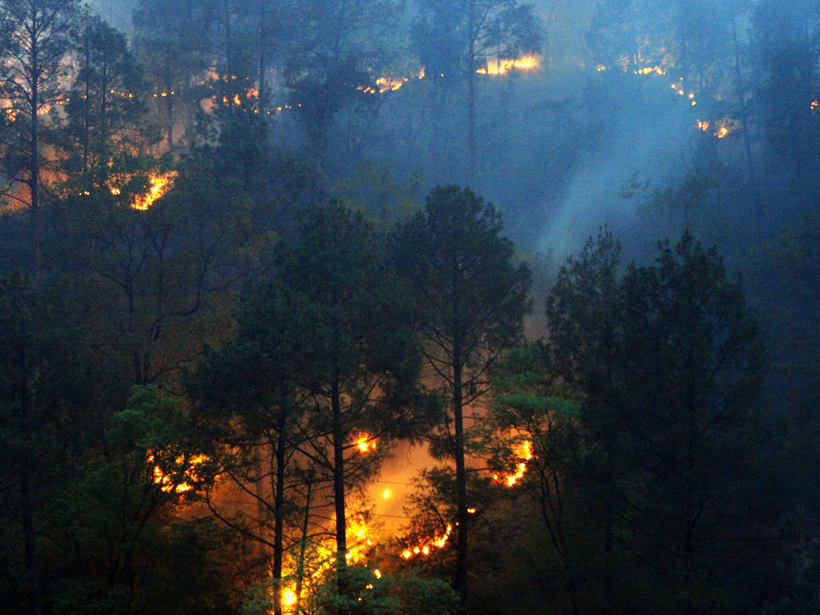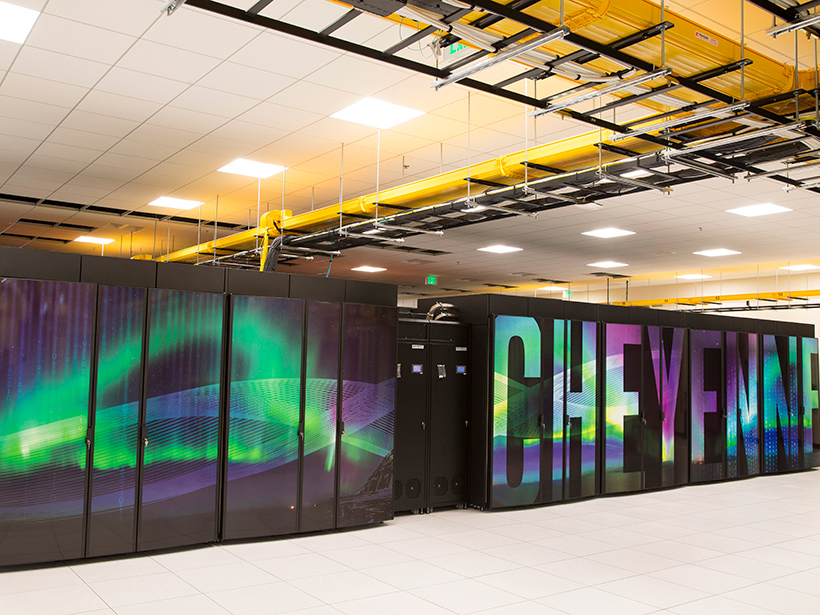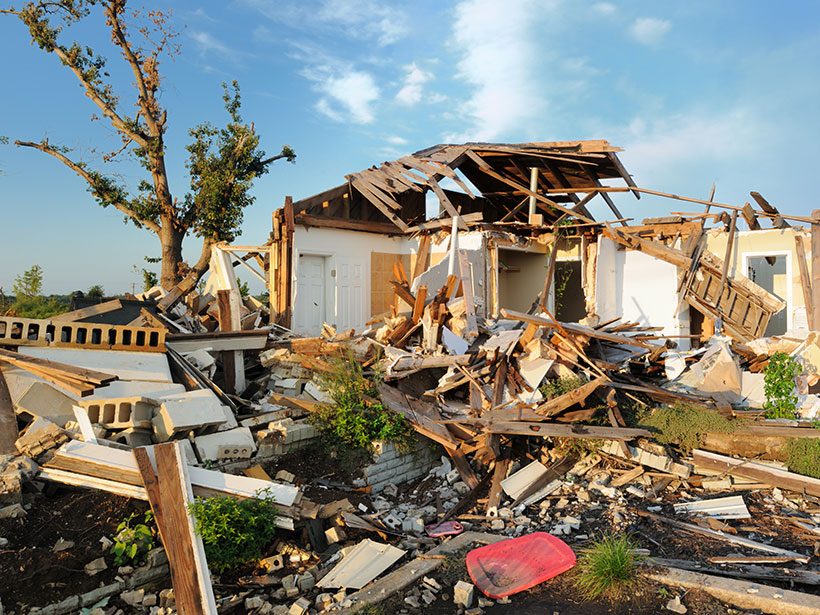Researchers are identifying space debris by measuring its flickering patterns of reflected light.
CC BY-NC-ND 2020
India’s Food Bowl Heads Toward Desertification
Water-guzzling rice consumes more water than Punjab can recharge. If current irrigation rates continue, the state will empty its groundwater reserves within 20 years.
A Mechanism for Shallow, Slow Earthquakes in Subduction Zones
Slow earthquakes beneath the accretionary prism updip from the locked portion of a subduction zone can be caused by basaltic blocks embedded in a shale matrix.
Understanding Alkalinity to Quantify Ocean Buffering
Ocean alkalinity plays a major role in ocean’s carbon uptake, in buffering, and in calcium carbonate production and dissolution, and it impacts and is affected by various biogeochemical processes.
Thinking Zinc: Mitigating Uranium Exposure on Navajo Land
An innovative clinical trial uses “two-way participation” between Navajo and medical communities to study the impact of zinc on mitigating health effects associated with uranium mining.
Uncertainty Propagation in Paleomagnetic Data Quantified
In classic paleomagnetic data processing uncertainties are calculated at a single level only, but there is now a more lucid way to include error propagation.
COVID-19 Lockdown Reduces Forest Fires in the Western Himalayas
The overlap between peak fire season and pandemic response has made for a serendipitous experiment in forest fires in two Indian states. Humans, not lightning, seem to be the likeliest culprit.
Earth System Modeling Must Become More Energy Efficient
As weather and climate models grow larger and more data intensive, the amount of energy needed to run them continues to increase. Are researchers doing enough to minimize the carbon footprint of their computing?
Weathering Environmental Change Through Advances in AI
Developing trustworthy artificial intelligence for weather and ocean forecasting, as well as for long-term environmental sustainability, requires integrating collaborative efforts from many sources.
Upstream Propagating Magnetic Dips in the Magnetosheath
The previous consensus that magnetic dips in the magnetosheath can be attributed to non-propagating mirror waves is now shown to be oversimplified.

